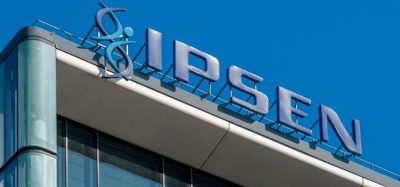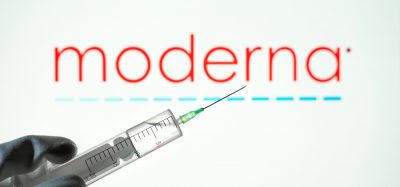Ensera talks integrated design-to-manufacture model at CPHI Frankfurt 2025
Model offers mid market innovators and larger pharma companies tailored processes and scale capacity without compromising compliance.
At CPHI Frankfurt, Beth Pope, Global Marketing Director at Ensera (formerly SteriPack), outlined the company’s new integrated design-to-manufacture model intended to accelerate complex combination products from concept to commercialisation.
Ensera says uniting its design consultancy and cleanroom manufacturing under a single brand and governance will shorten timelines, reduce risk and preserve critical tacit knowledge across the product lifecycle. The move responds to structural shifts in pharma — the rise of biologics and biosimilars, growth in rare disease programmes, and more specialised delivery formats — that are pushing towards small-to‑mid volume, high‑mix production with demand that can fluctuate rapidly.
Pope argued that siloed design and manufacturing remain a drag on programme speed and quality. Ensera’s teams now co‑develop requirements, user needs and process constraints at project outset, combining human‑centred design with robust engineering methods and digitised, compliant workflows. The aim is to make early decisions with full visibility of tooling, assembly, cleaning and test implications, reducing iteration and hand‑off friction between development and operations.
the rise of biologics and biosimilars, growth in rare disease programmes, and more specialised delivery formats…are pushing towards small-to‑mid volume, high‑mix production with demand that can fluctuate rapidly”
The model is already deployed across Ensera’s global footprint. The company — rebranded from SteriPack — operates manufacturing facilities in North America, Europe and the UK with recent investments in pharma‑grade cleanroom capacity, and maintains award‑winning design studios in the UK and North America. Standardised digital systems and documentation are intended to ensure consistent regulatory practice across sites and to support rapid knowledge transfer between phases and locations.
While broadly applicable, Ensera is explicitly targeting mid‑market innovators and specialised programmes within larger pharma companies — teams that need flexible partners able to tailor processes and scale capacity without compromising compliance. By keeping design and manufacturing decisions within one ecosystem, Pope said programmes can move faster while retaining the tacit insights that often dissipate at hand‑off points.
According to Pope, the name “Ensera” reflects “enhanced services” and an emphasis on responsive, collaborative delivery. The strapline, “Bold solutions. Brilliantly executed.”, signals a promise to pair creativity with process discipline across the product lifecycle.





![Novartis logo Novartis building in Stein, Switzerland [Credit: Taljat David shutterstock.com]](https://www.europeanpharmaceuticalreview.com/wp-content/uploads/novartis-image-400x187.jpg)




